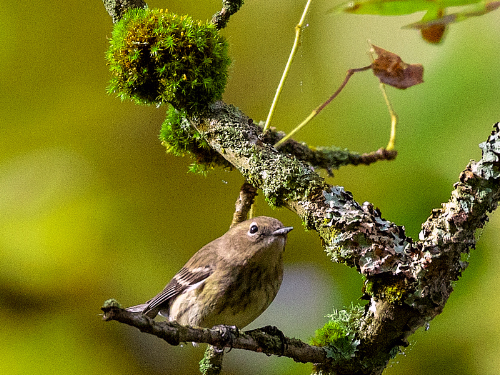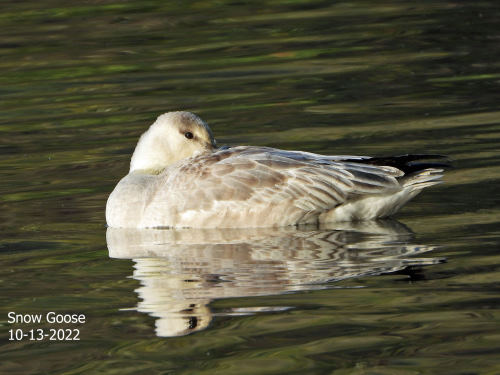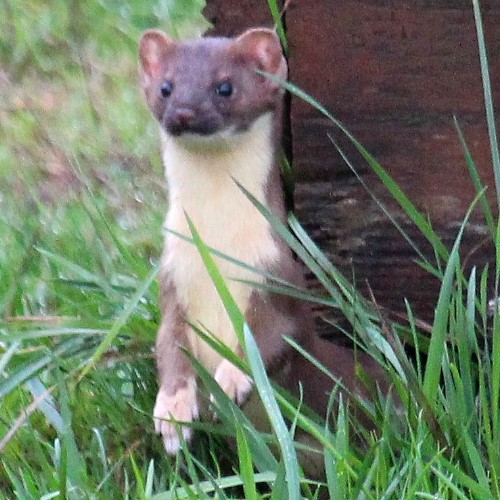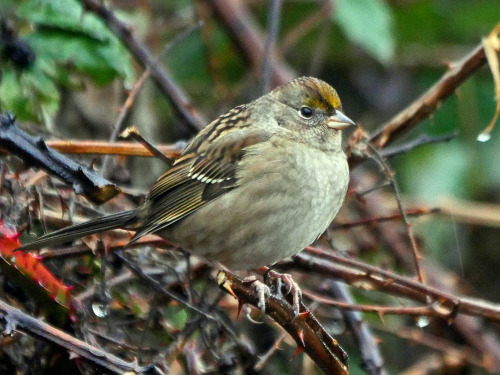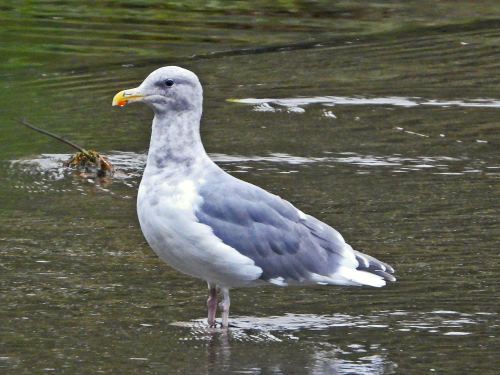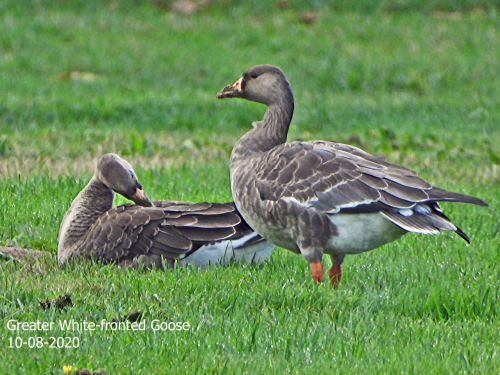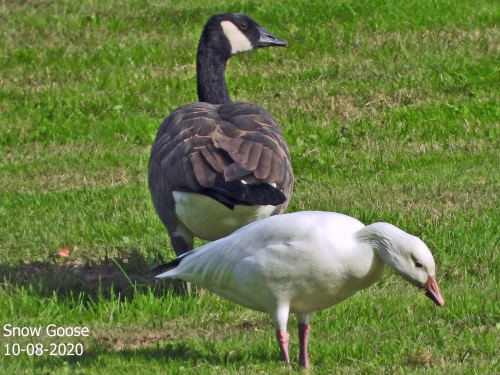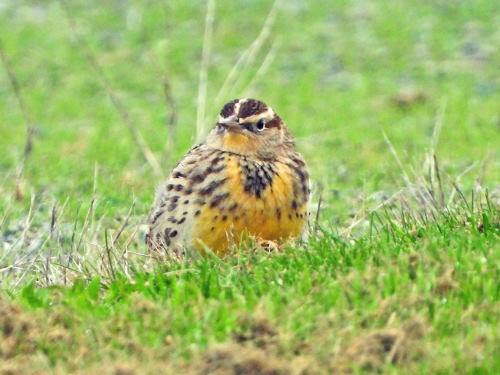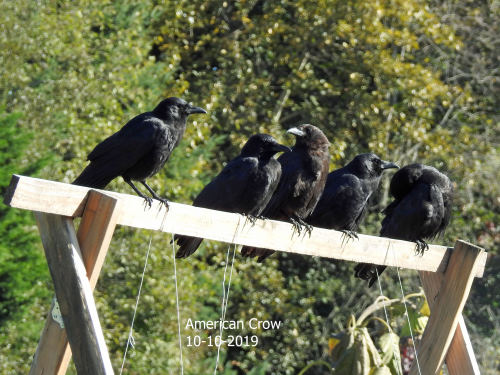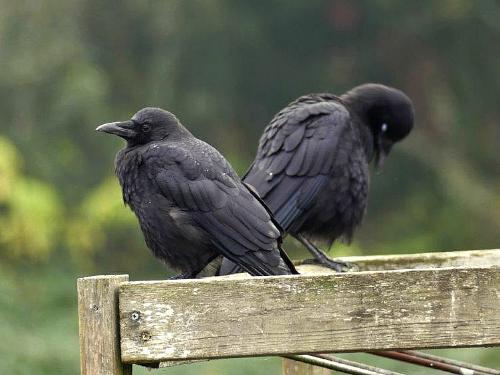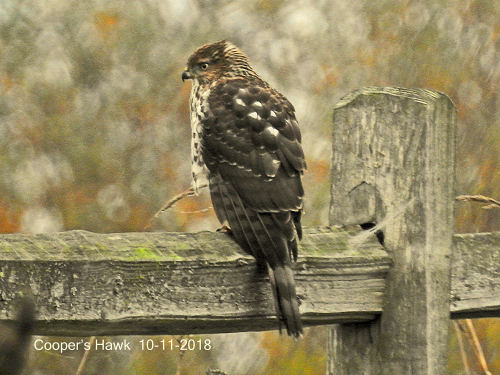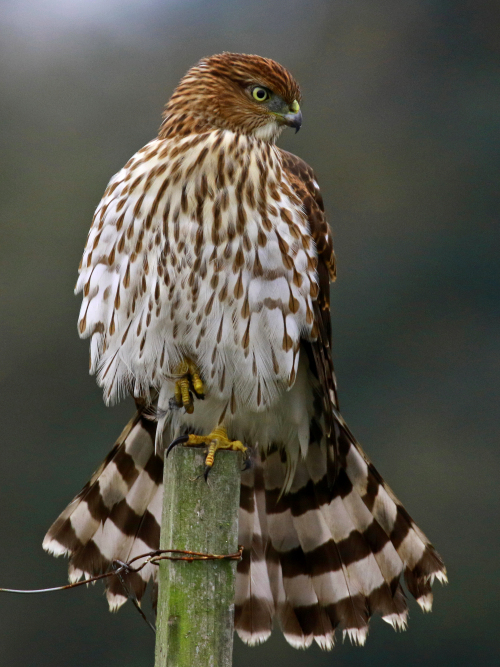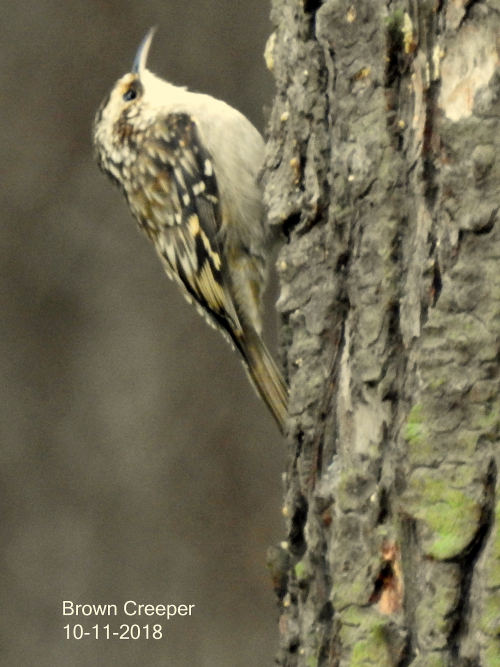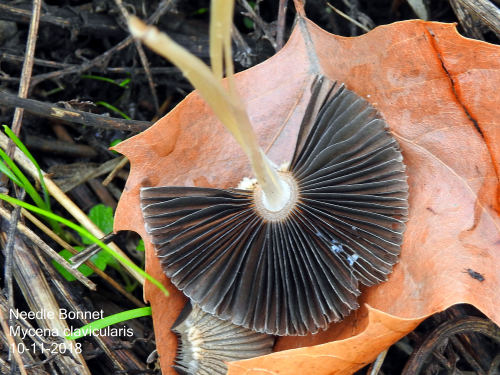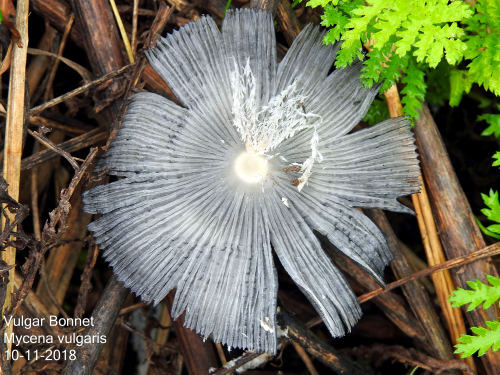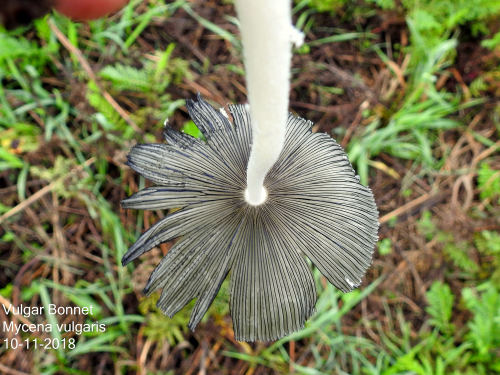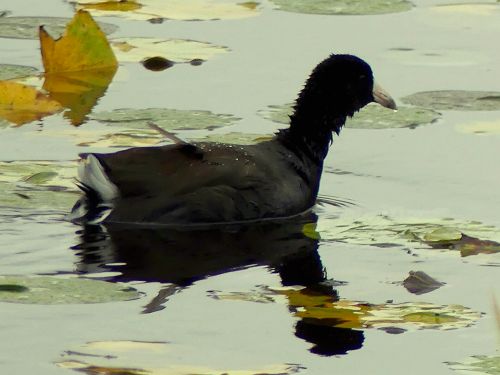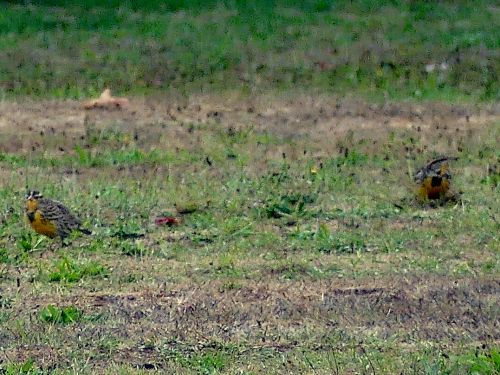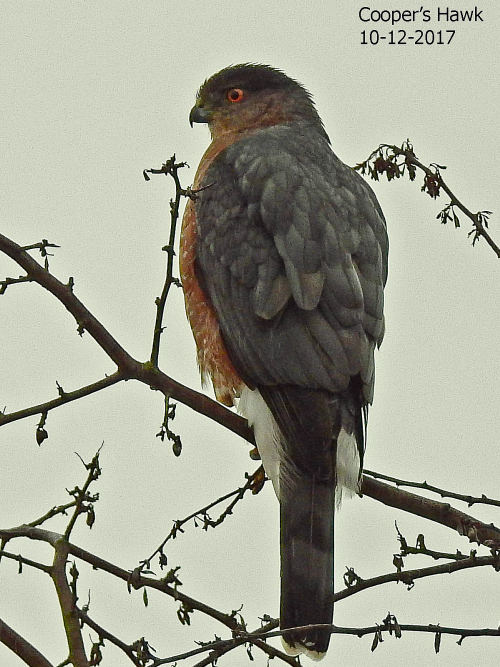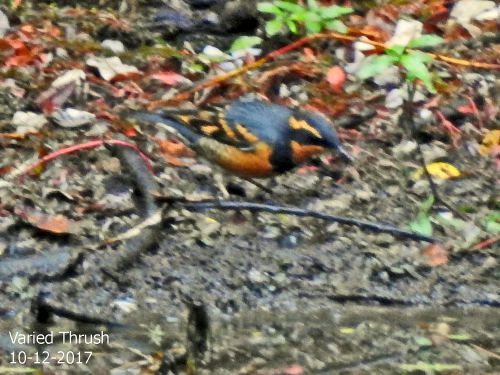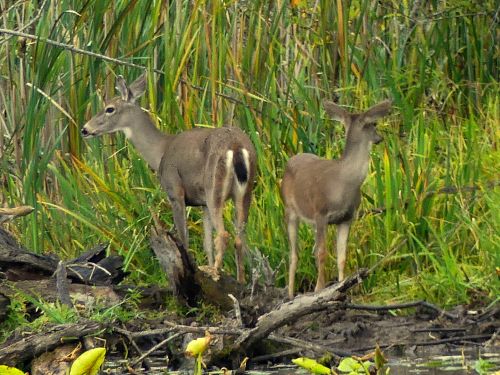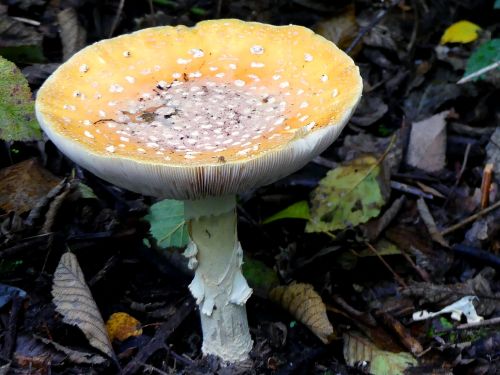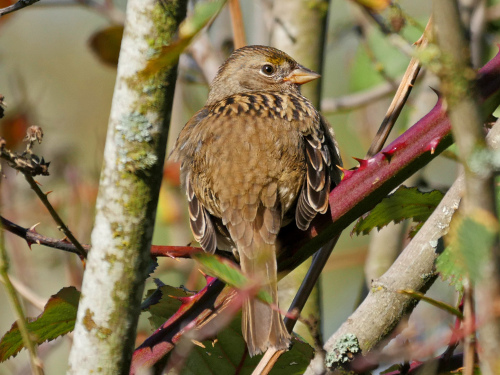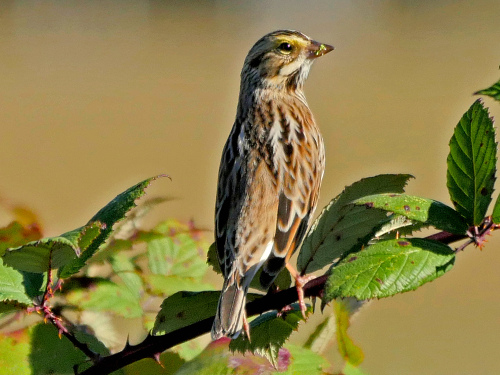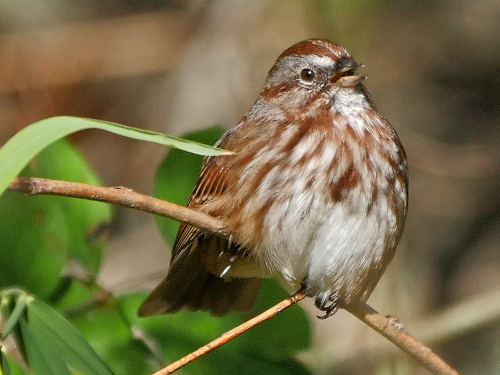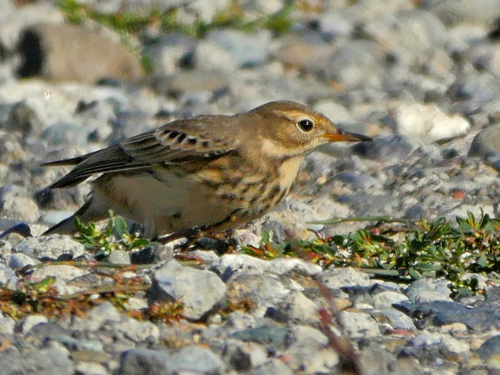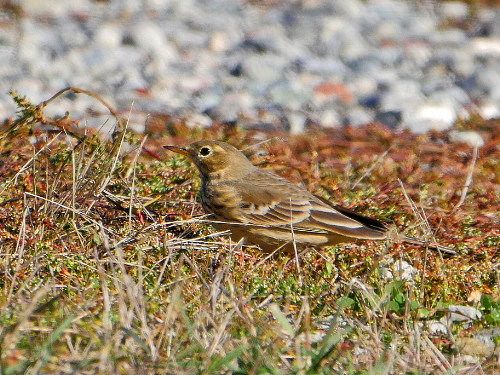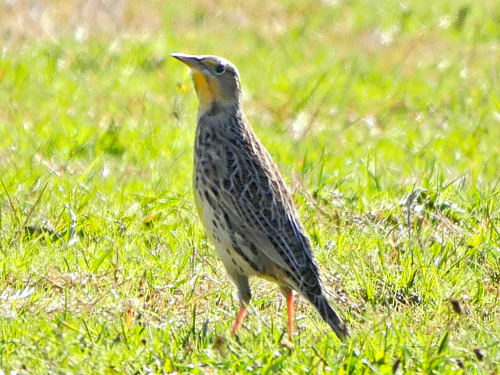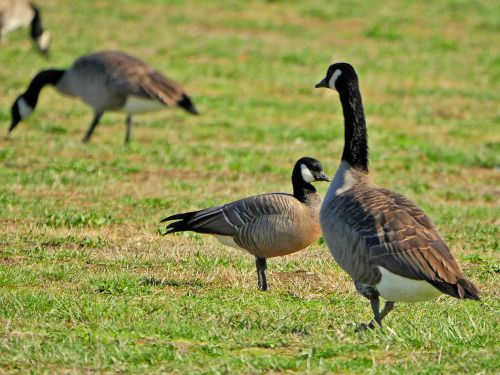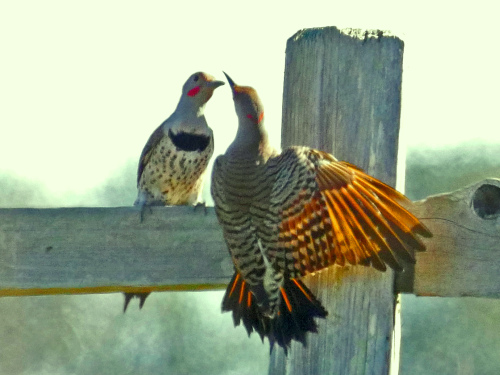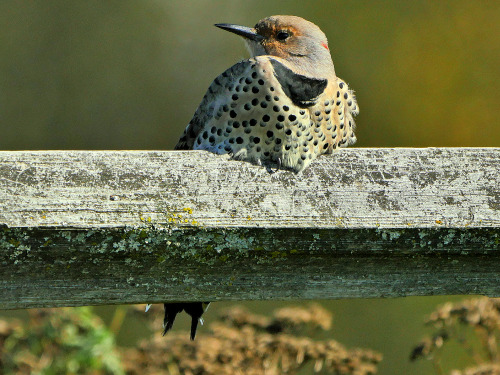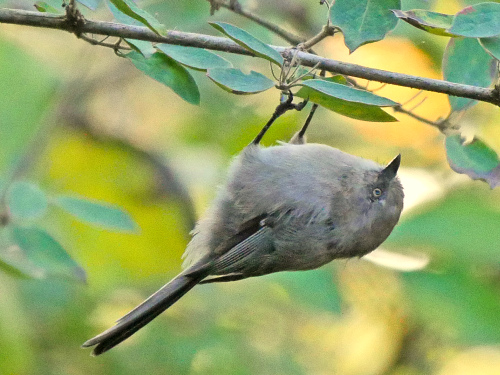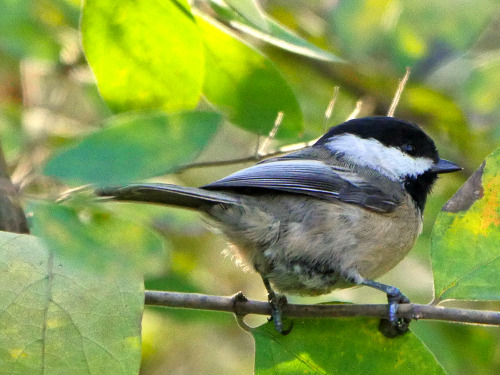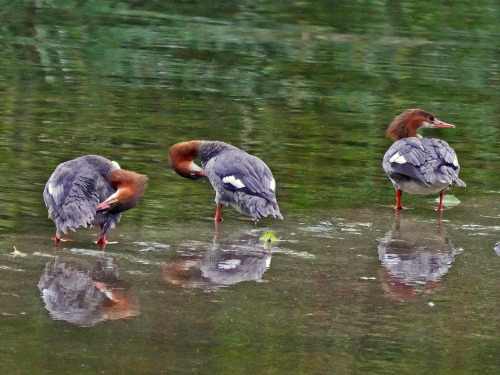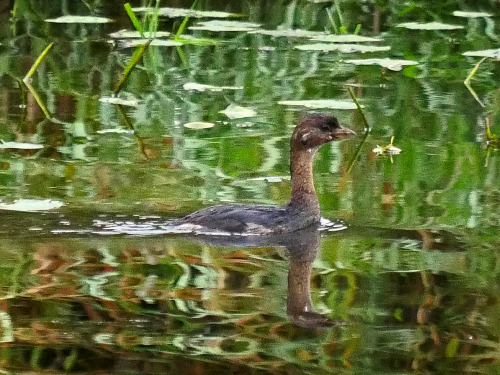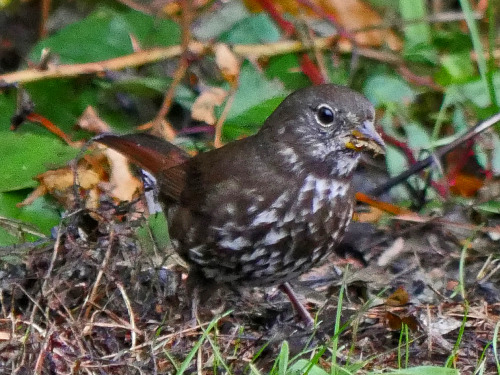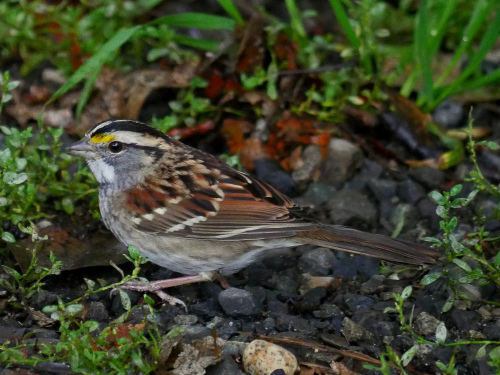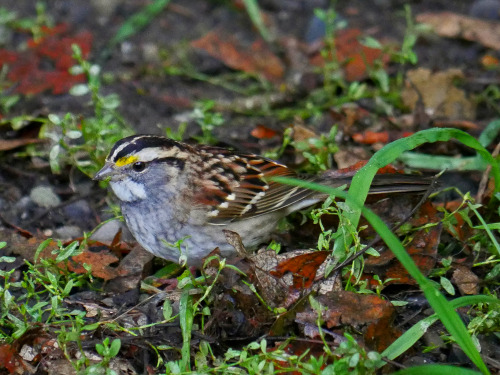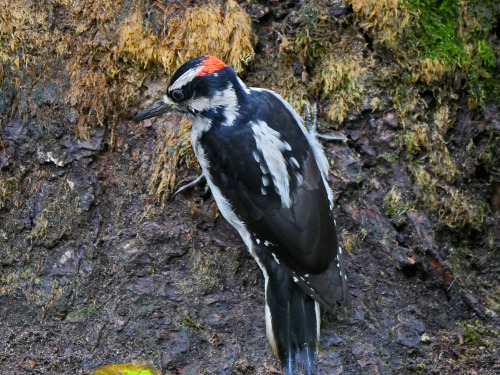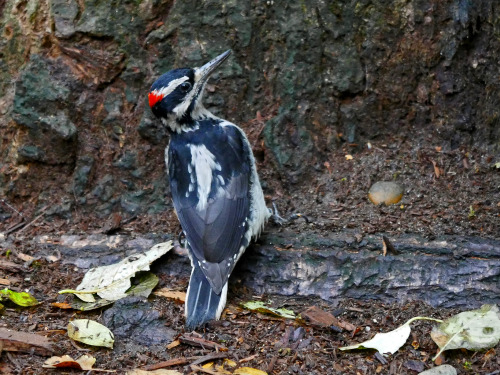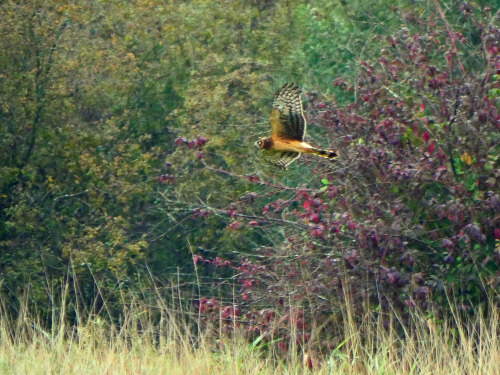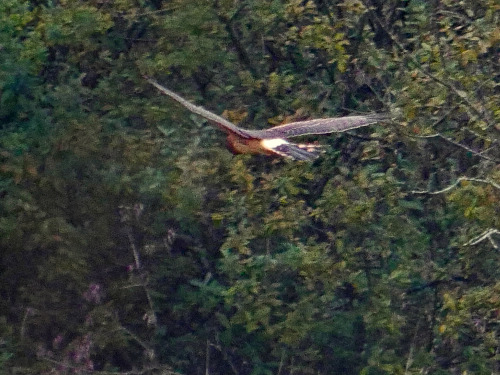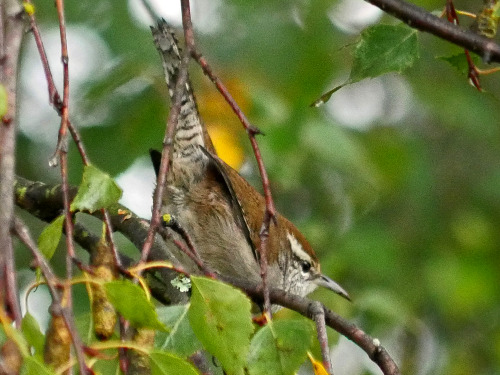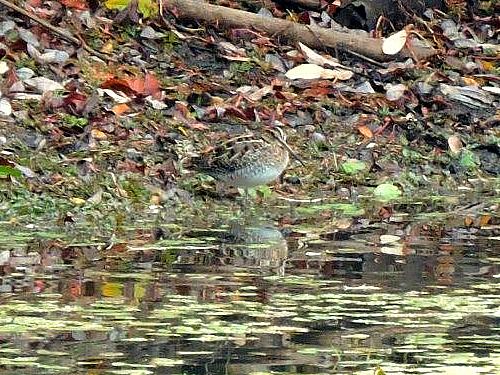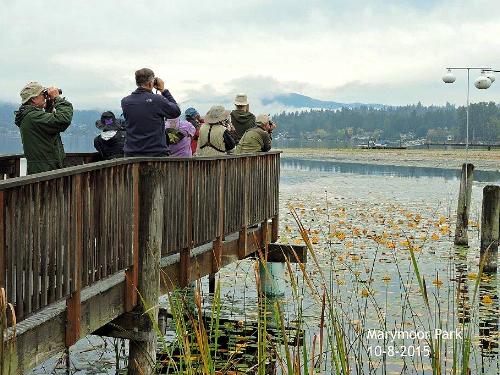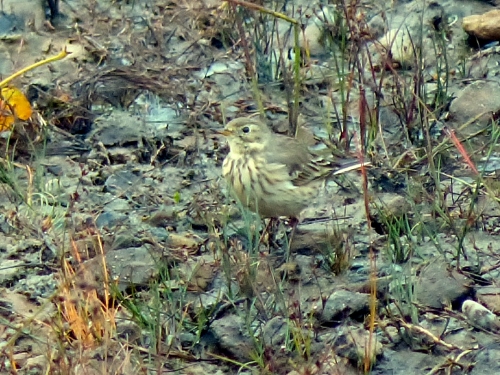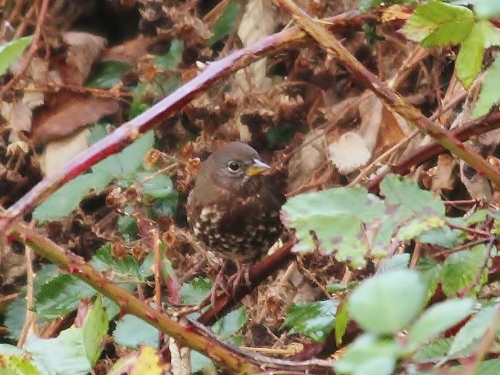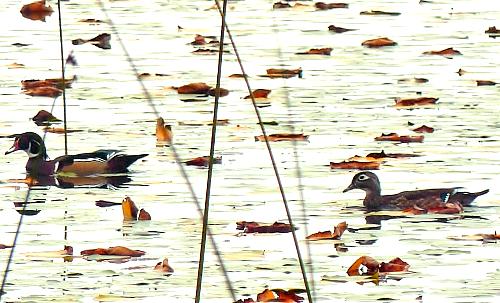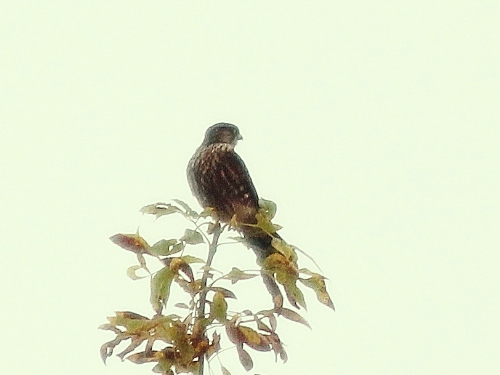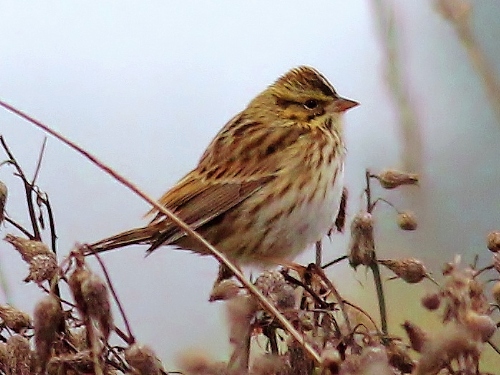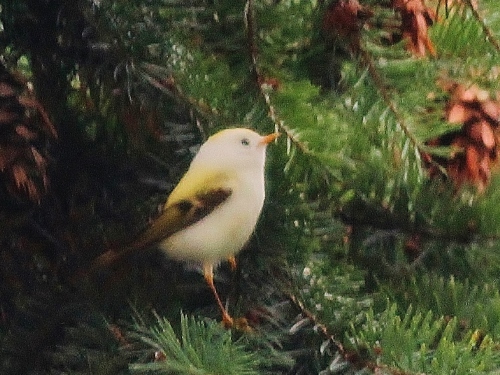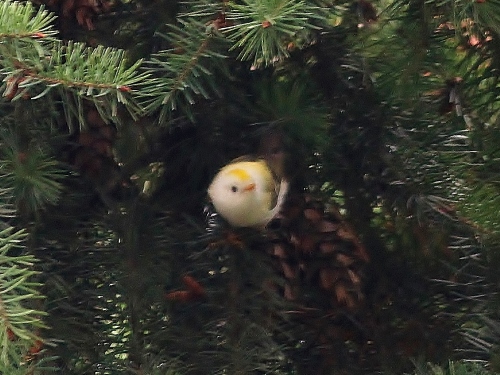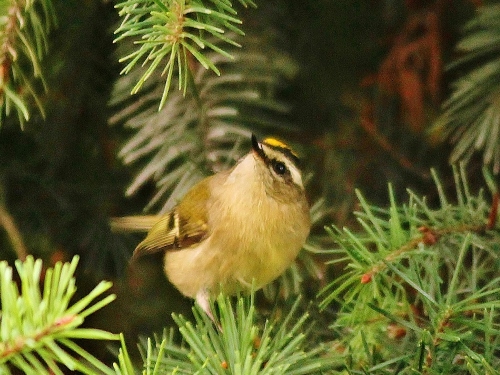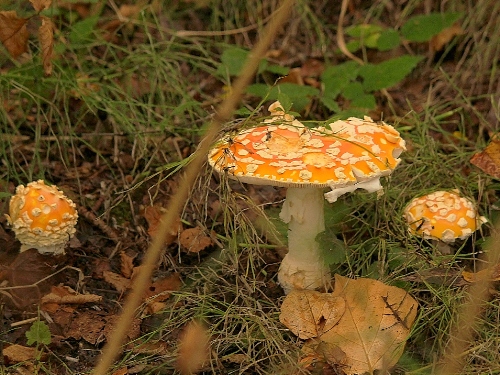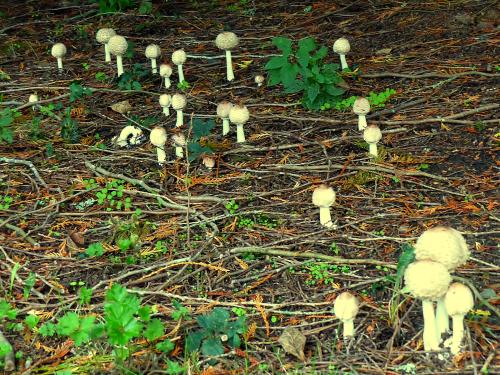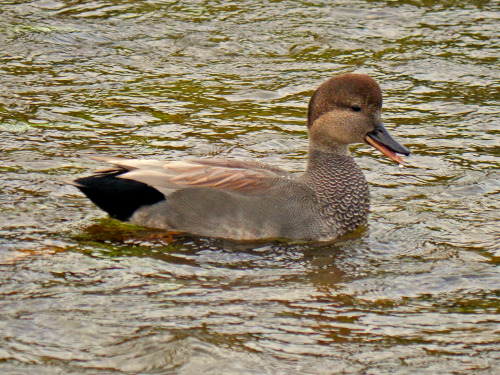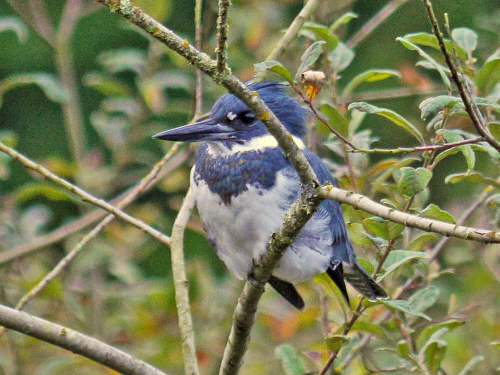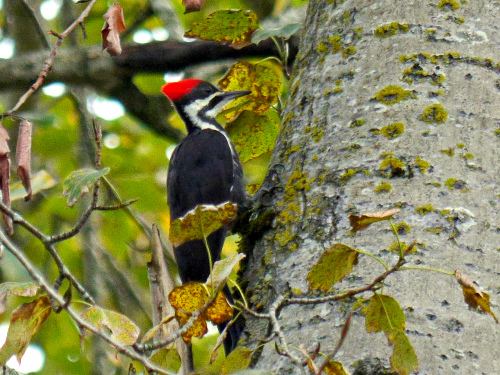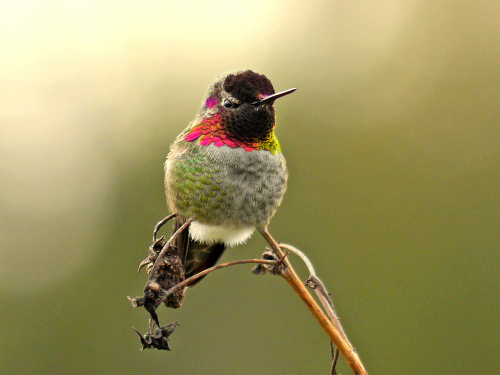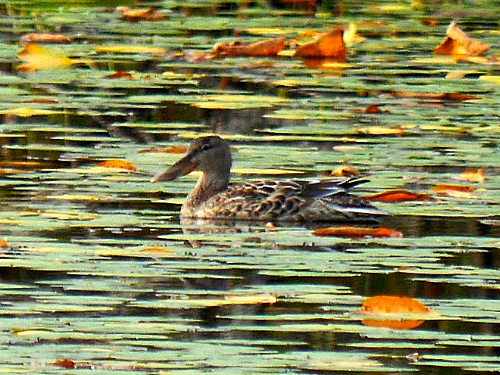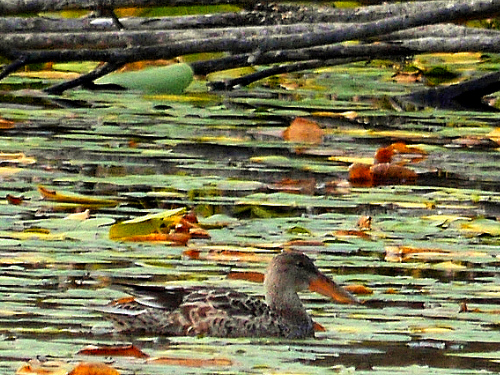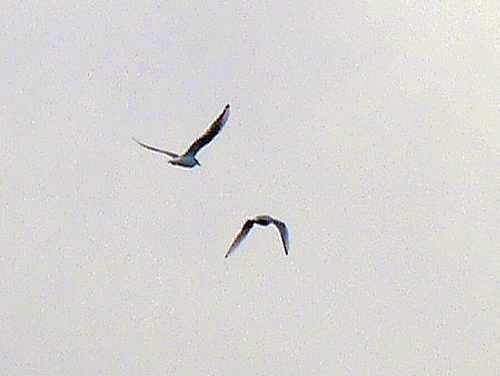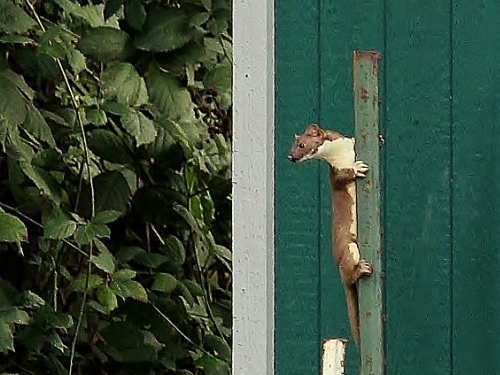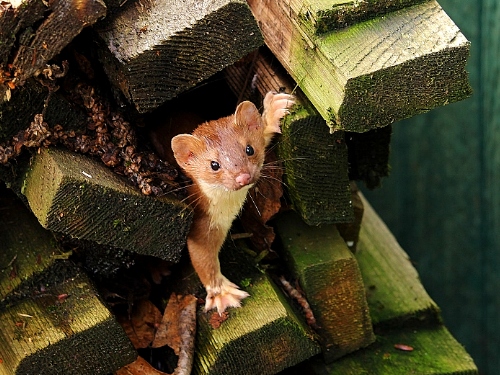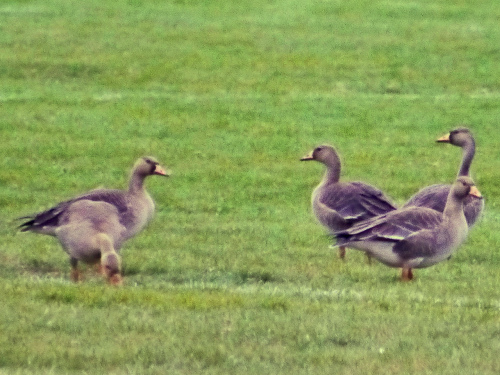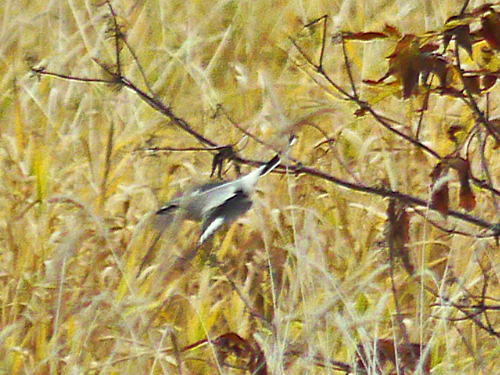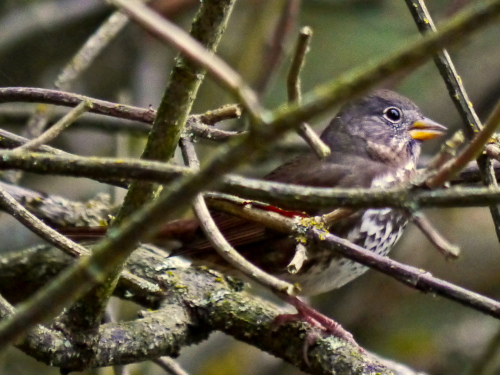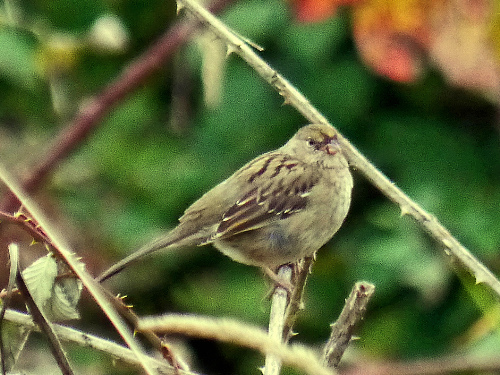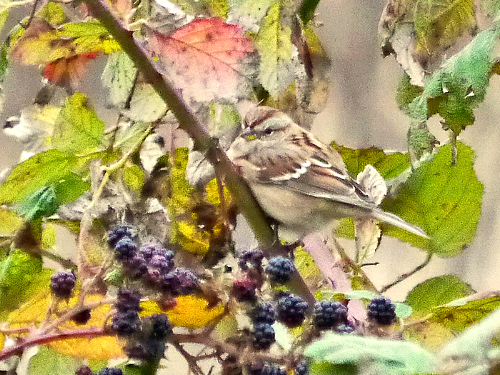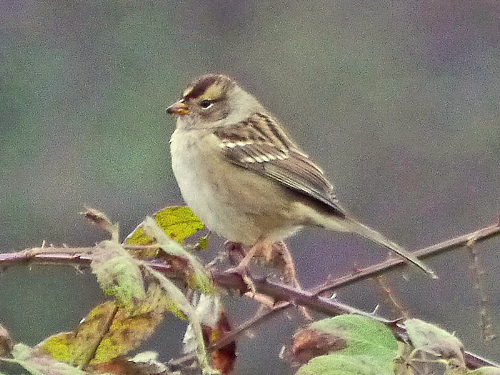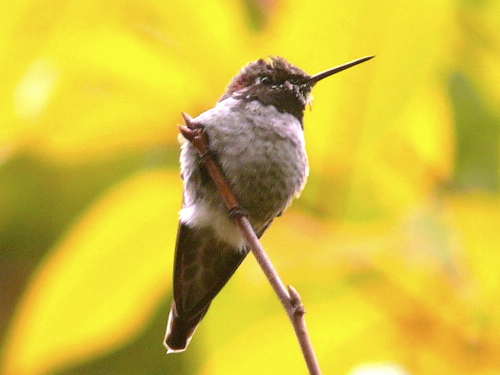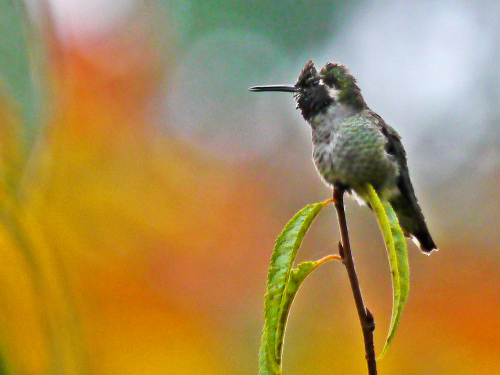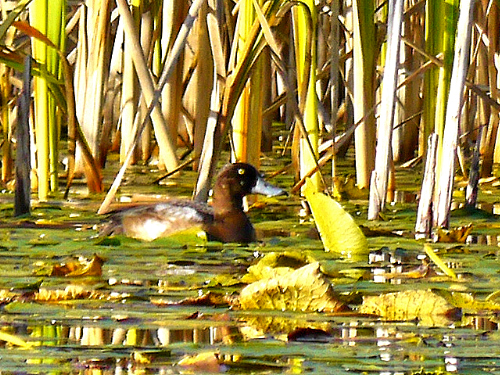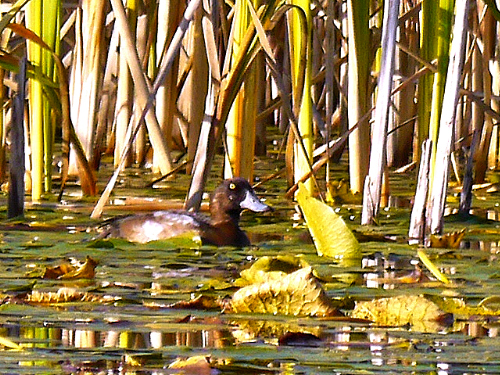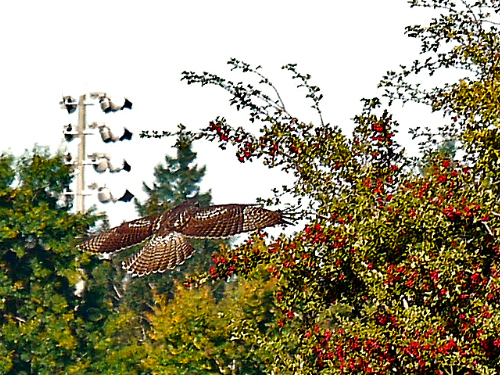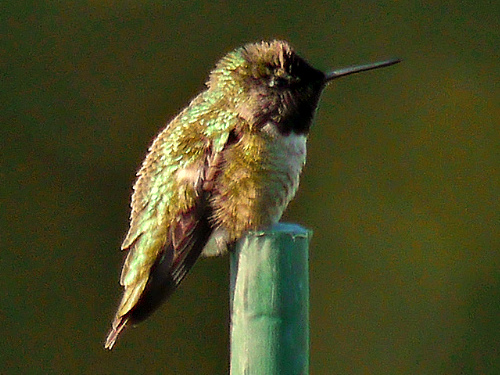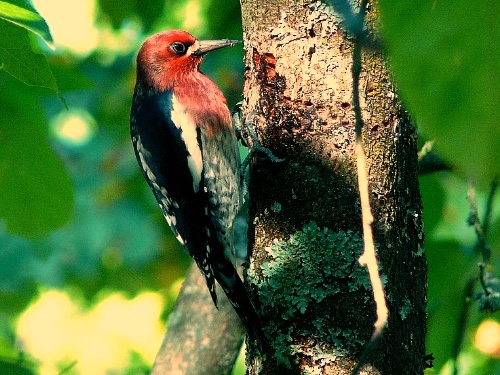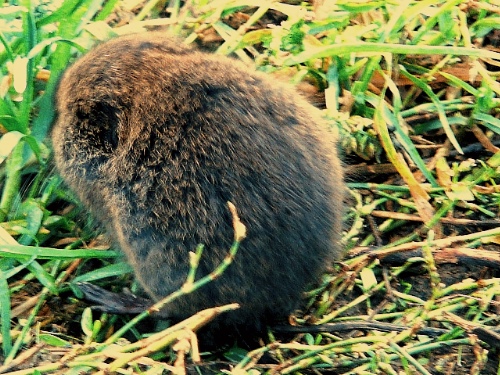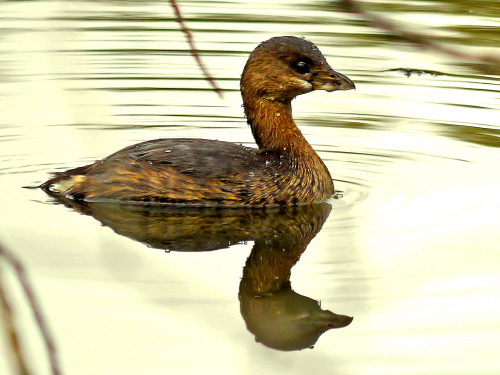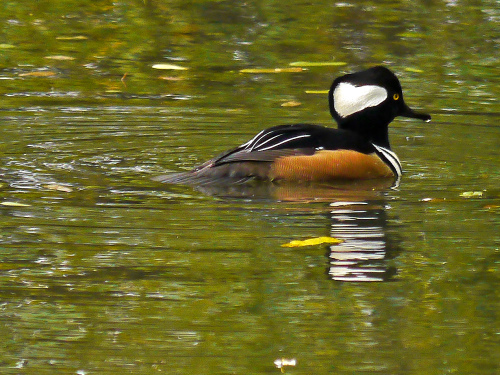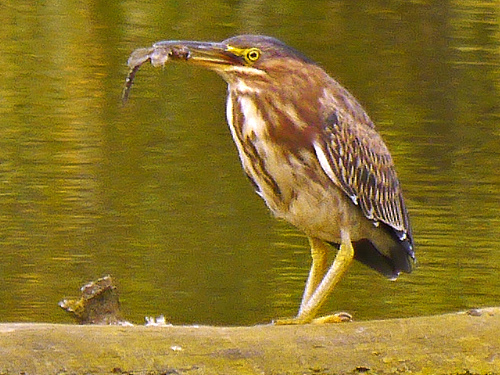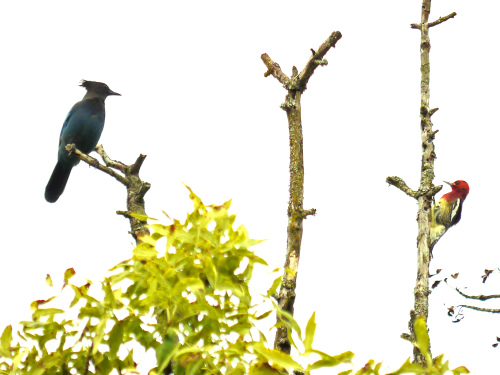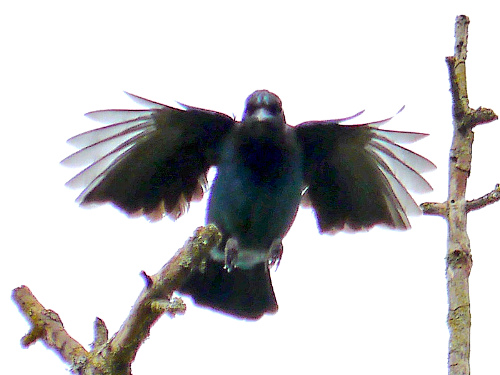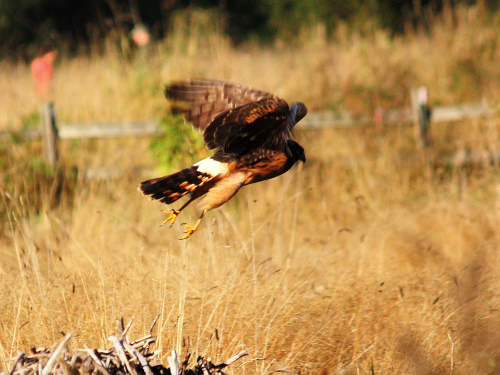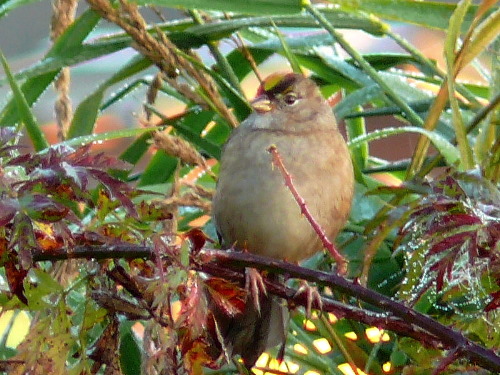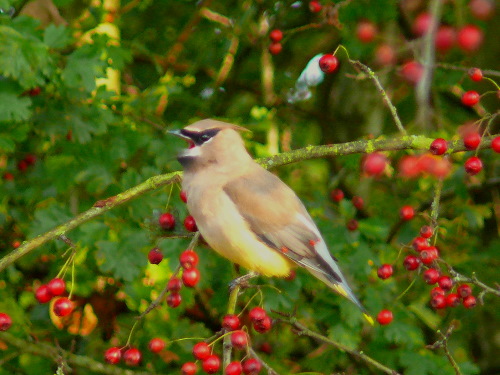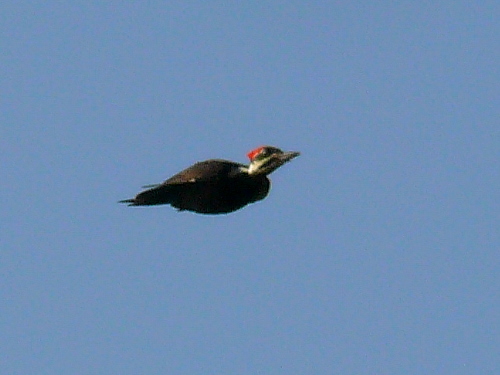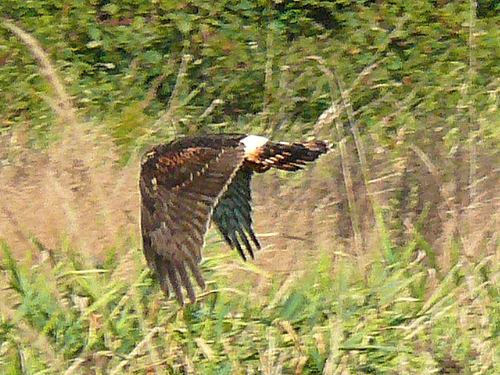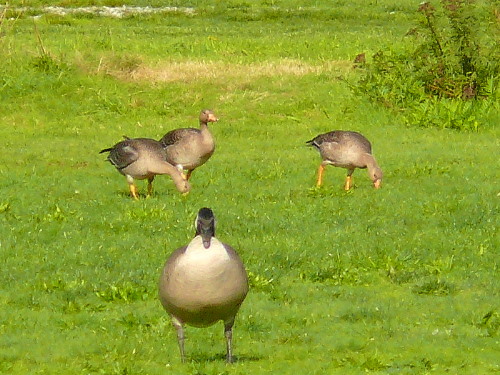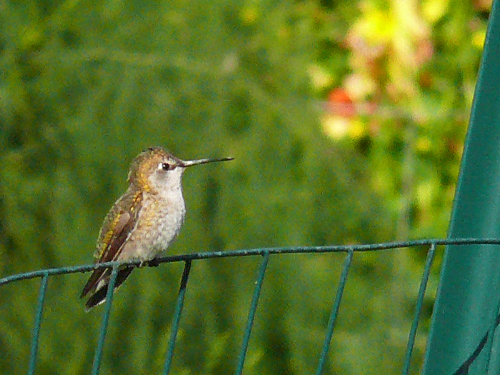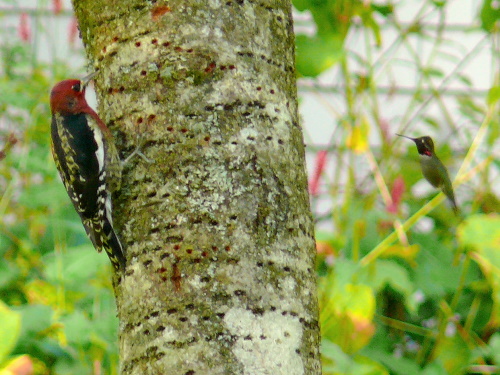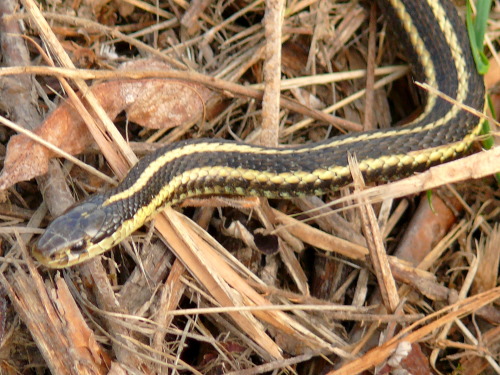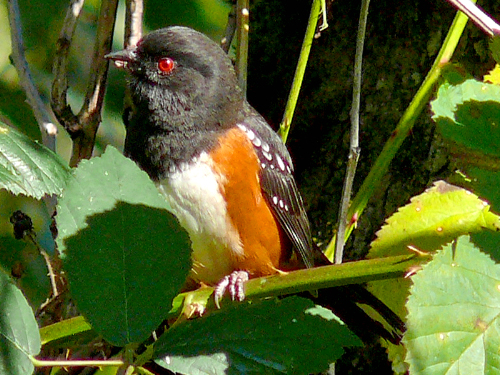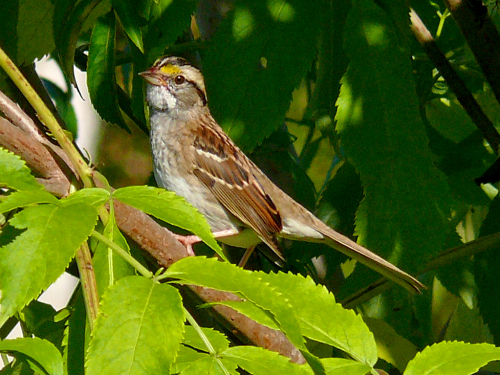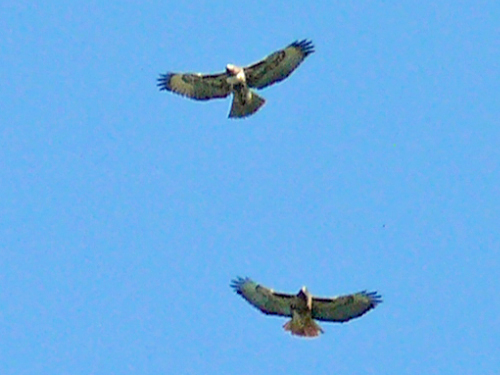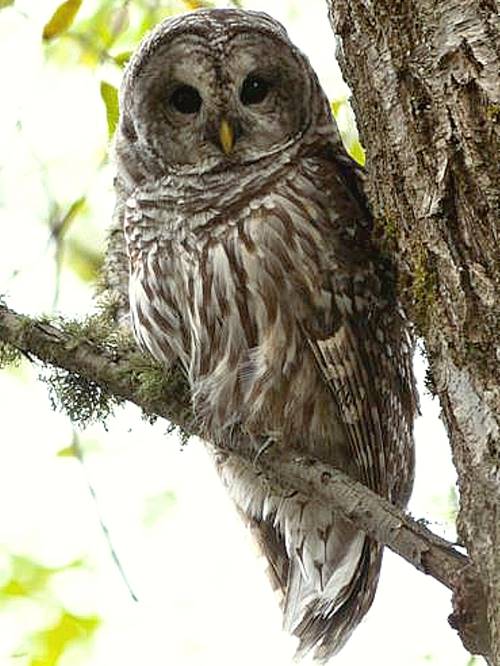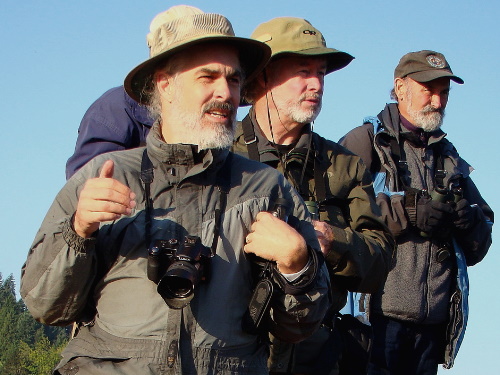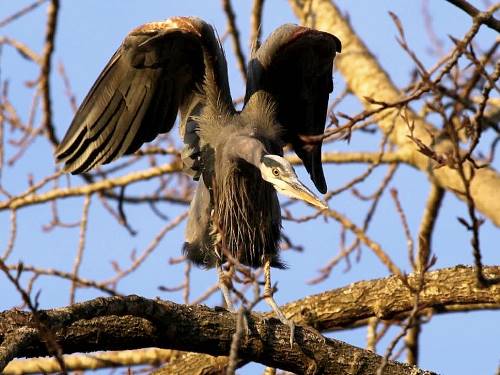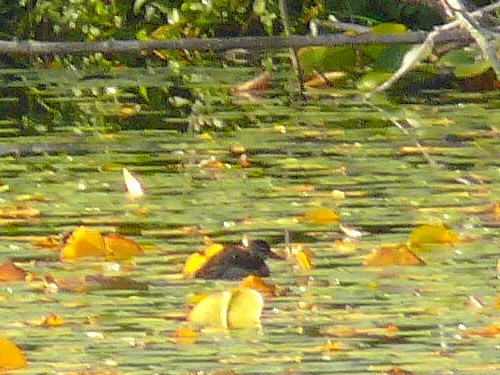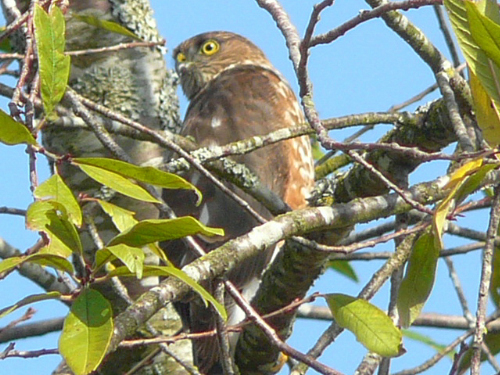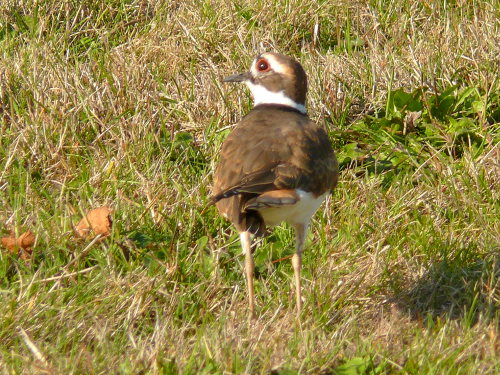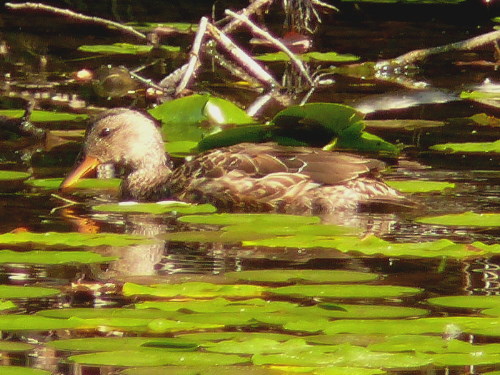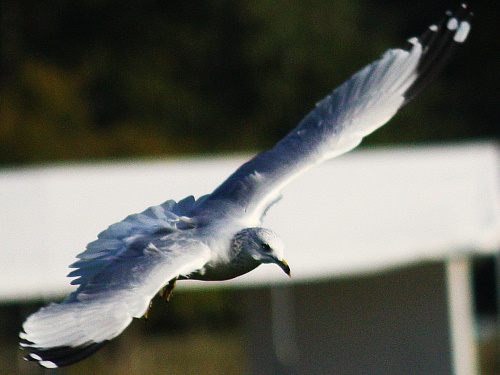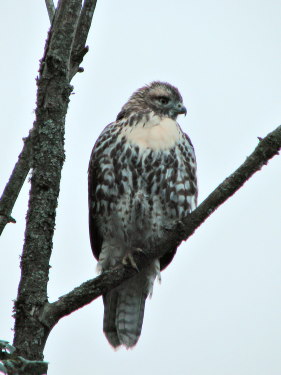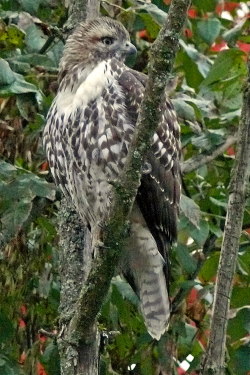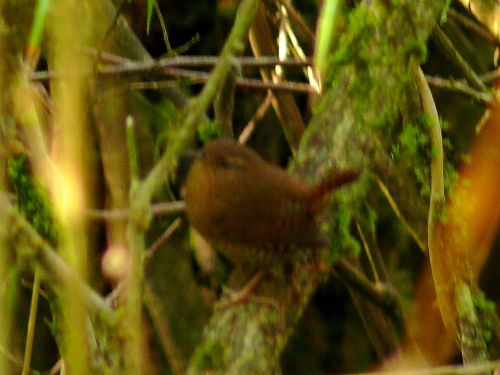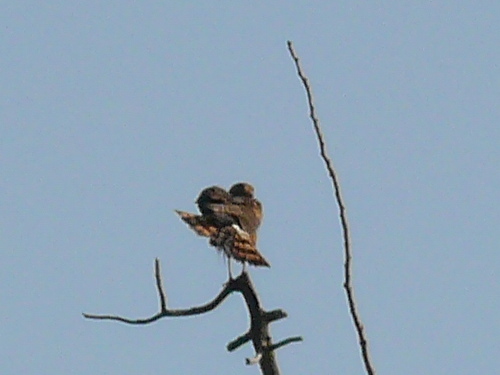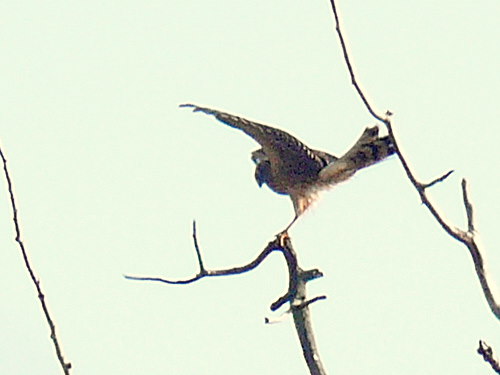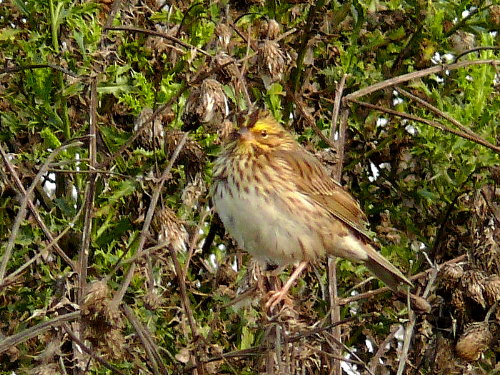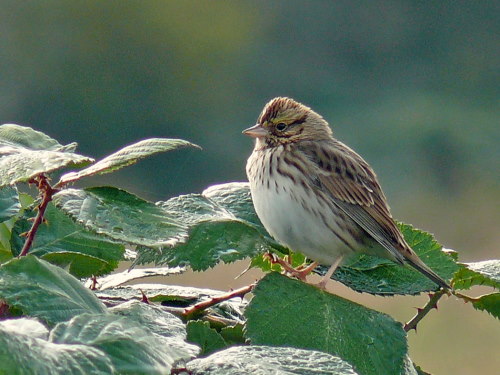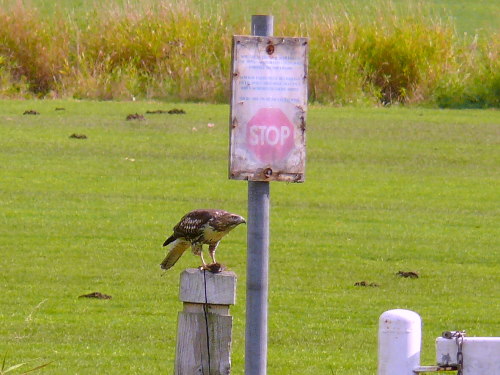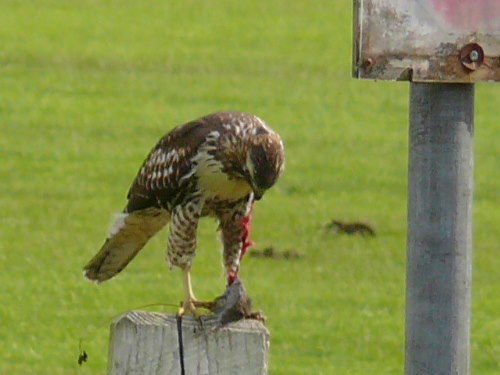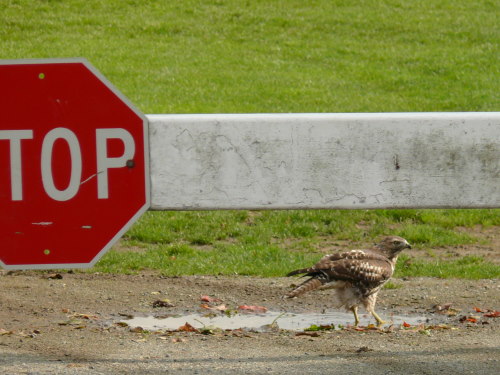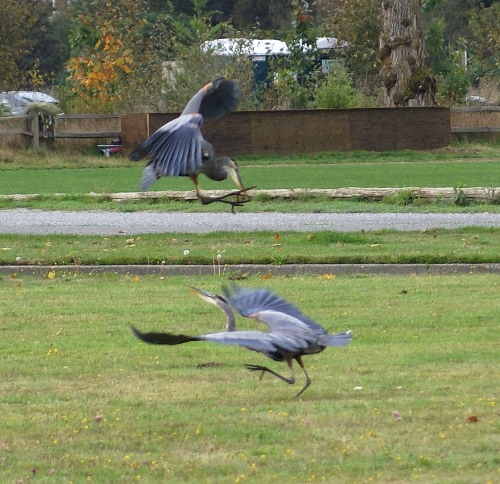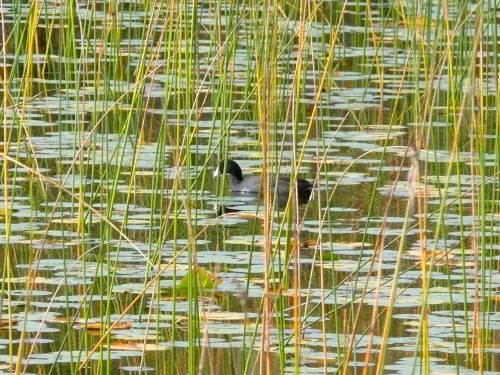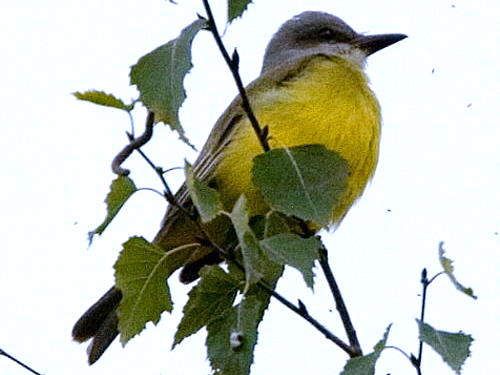Prev |
Bird Sightings Week 41
|
Next |
Rarities for Week 41:
| Rough-legged Hawk | 08-Oct-05 | C. Wright per E. Hunn spreadsheet |
| Rough-legged Hawk | 11-Oct-06 | Circling high above the grass soccer fields |
| Red-naped x Red-breasted Sapsucker hybrid | 12-Oct-16 | Big Cottonwood Forest |
| Red-naped x Red-breasted Sapsucker hybrid | 10-Oct-18 | Michael Eaton ph. |
| Tropical Kingbird | 09-Oct-07 | |
|
...Clay-colored Sparrow |
08-Oct-05 | First seen 28-Sep. Also seen 09-Oct |
| "Red" Fox Sparrow | 11-Oct-00 | Eastern US subspecies, Passerella iliaca iliaca |
| Swamp Sparrow | 12-Oct-05 | One at the Rowing Club, along the edge of a wetland that is now behind the boathouse |
Report for October 9, 2025 Birding at Marymoor
| The weather forecast might have scared off some people, since we were only three people today. Lo and behold, there was only about 40 minutes of noticeable precipitation, and while it was very dark at the start, we actually saw our shadows before the end. Temps were quite reasonable, and there was no wind. It wasn't particularly birdy, but the walk was definitely not a waste of time. Highlights:
Misses today included Hooded Merganser, American Coot, Western Grebe, Cooper's Hawk, Northern Harrier, Cedar Waxwing, and Purple Finch. For the day, 55 species. Adding the Sharp-shinned Hawk, I believe we're at 130 species for 2025. = Michael Hobbs |
Report for October 10, 2024 Birding at Marymoor
| Compared to last week, today was almost 10 degrees warmer to start, but two degrees cooler at the end. Mostly cloudy, with enough breeze that many leaves were falling. The birding felt more like winter birding, though we are still missing many of the "winter" birds. Highlights:
Not a surprise to have the WESTERN GREBE this week. We've now had them 24 of 31 years during this week of the year. The next three weeks have 15, 18, and 16 / 30 respectively, and they are the next most likely weeks. Misses today included Hooded Merganser, American Coot, Ring-billed Gull, Barn Owl, Downy Woodpecker, Bushtit, and Pacific Wren. For today, 57 species. = Michael Hobbs |
Report for October 12, 2023 Birding at Marymoor
| With Michael still away, the rest of us combined forces to cover the weekly Marymoor walk today. As with last week, there was quite a bit of fog, and it remained overcast for the first half of the walk - later in the morning things cleared up and we even got to see our shadows for a bit [gasp]. Birds were pretty active and vocal today, even if sometimes hard to see in the early hours- no big rarities popped out, but it was an enjoyable day, Highlights:
For the day, about 51 species Matt Bartels Seattle, WA |
|
|
|
|
Report for October 13, 2022 Birding at Marymoor
| It was cold enough this morning that we lingered wherever we found sun to linger in. There weren't huge numbers of birds, and if we hadn't kept stopping to warm up we would have finished far too quickly. Long stretches of Not Much, but there were some birds including four species of goose, four species of woodpecker, and eight species of sparrow.
Highlights:
A late scan of the lake turned up a few RING-NECKED DUCKS in the NE corner of the the lake, and a WILSON' S SNIPE flying past the Lake Platform. Two other species were seen too far south for the Marymoor list: one Marsh Wren, and nine RUDDY DUCKS.
Misses today included Gadwall, Western Grebe, Ring-billed Gull, California Gull, Northern Harrier, Cooper's Hawk, Barn Owl, Chestnut-backed Chickadee*, Bushtit*, Marsh Wren*, Cedar Waxwing*, and Lincoln's Sparrow.
The ones above marked with an asterisk* were birds I did see yesterday. Other birds I had 10/12 but not today included CALIFORNIA SCRUB-JAY and WESTERN MEADOWLARK.
For the day, 51 species (and 57 for the week).
= Michael Hobbs
|
|
|
|
|

